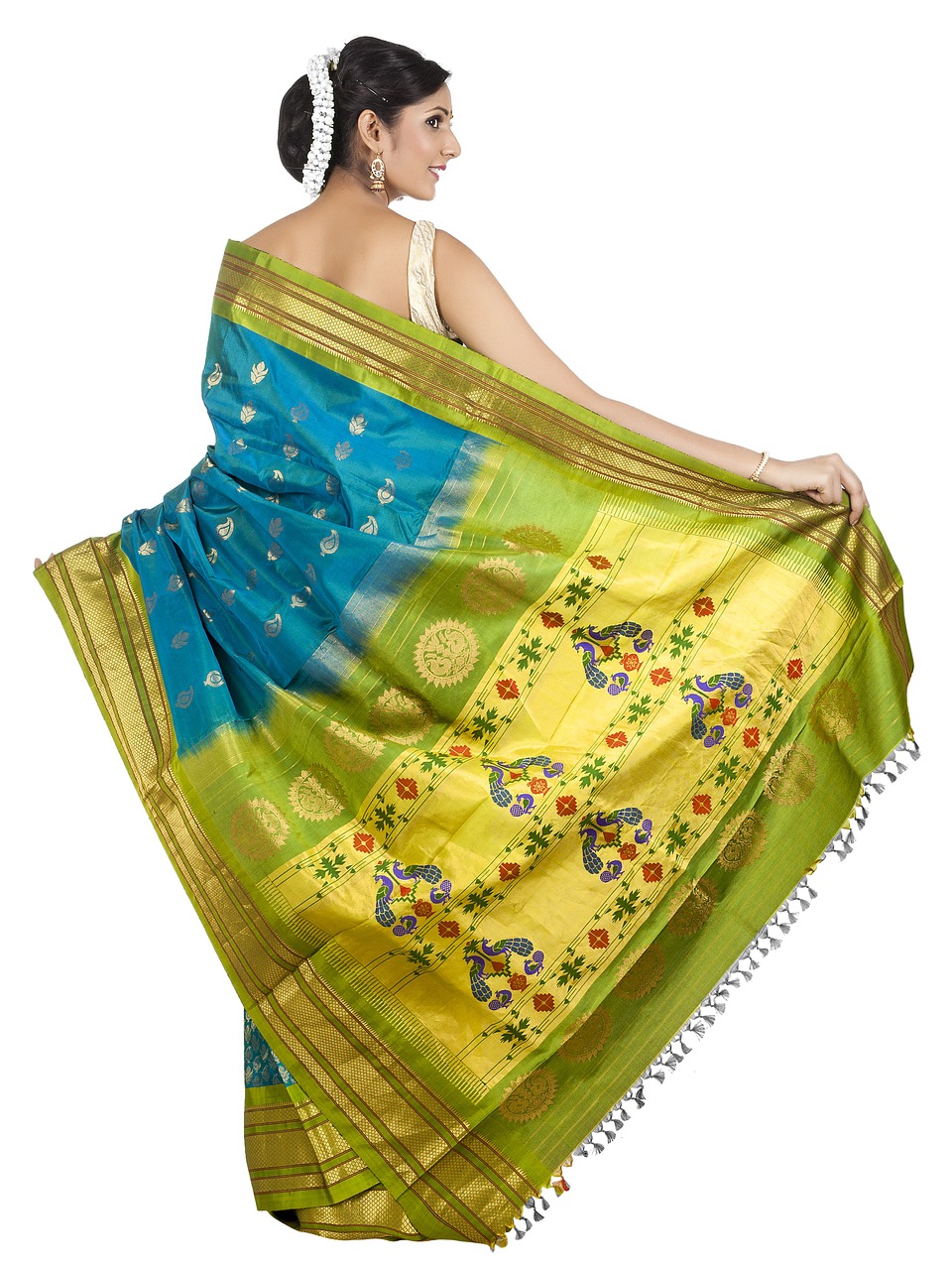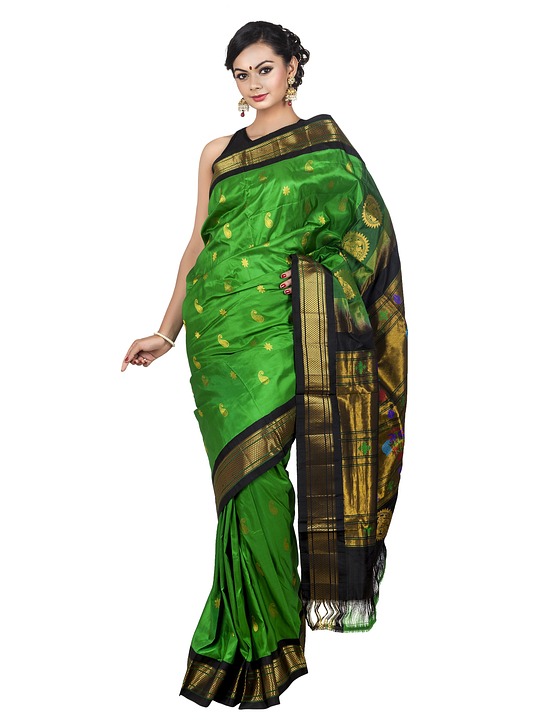A glance at the history and making of Maharashtra’s legendary Paithani sari and its various forms
Gifting a Paithani sari as part of a girl’s wedding trousseau is customary in the region of Maharashtra, India. One of the richest saris in India and every Maharashtrian woman’s priced possession, the Paithani sari though is quite humble in its roots. It originates from a quaint little town called Paithan in Aurangabad, Maharashtra, and is hand woven on ancient tapestry looms which are operated manually. The sari’s rich history, tradition and exquisite design has earned it international fame.

History of Paithani Sari
The paithani weave is an age-old art that dates back to the Satvahana era in 200 BC. It survived under successive rulers, including the Mughal emperors. It is believed that the Nizam of Hyderabad was so attracted to the Paithani that he made several trips to Aurangabad to source this magnificent piece of beauty. After the decline of the Mughal influence, the Peshwas of Pune revamped the Paithani weave to suit their tastes.

Making of Paithani Sari
Paithani is made from natural silk or cotton with precious gold or silver metal threads that lend it the Midas touch. It takes approximately one day to set the threads on the loom and weaving one sari could take anywhere between 18 and 24 months (roughly two years). The weaves create kaleidoscopic effects on these saris. A particular colour is used for weaving length-wise while another is used breadth-wise.

Motifs of Paithani Sari
Paithani saris are mainly classified according to motifs. Due to Paithan’s proximity to Ajanta Ellora, the influence of the Buddhist paintings can be seen in Paithani motifs. Traditional motifs include the bangle-peacock, parrot, and lotus flower with Buddha, swan, coconut and asawali (flowering vines). Pallus of the saris are embellished with motifs of peacock, parrot, panja (geometrical flower-like motif outlined in red), barwa (12 strands of a ladder) etc. Coin buttis are quite a trend during Maharashtrian weddings.
Colours of Paithani Sari
The most popular Paithani colours are yellow, red, lavender, purple, sky blue, majenta, kusumbi (violet-red), pasila (red-green), gujri (black-white) and mirani (black-red). Interestingly, different colours characterise different paithani saris. For example, Kalichandrakala is a pure black sari with a red border, a parrot green coloured paithani sari is called Raghu or a pure white paithani sari is called Shirodak.
Paithani’s many facets
Right from mobile covers to crockery and clutches, footwear, gift boxes to cakes — designers today have come up with fascinating Paithani-inspired stuff, which is also exported to countries like the US, UK, Australia, Canada and more.




















